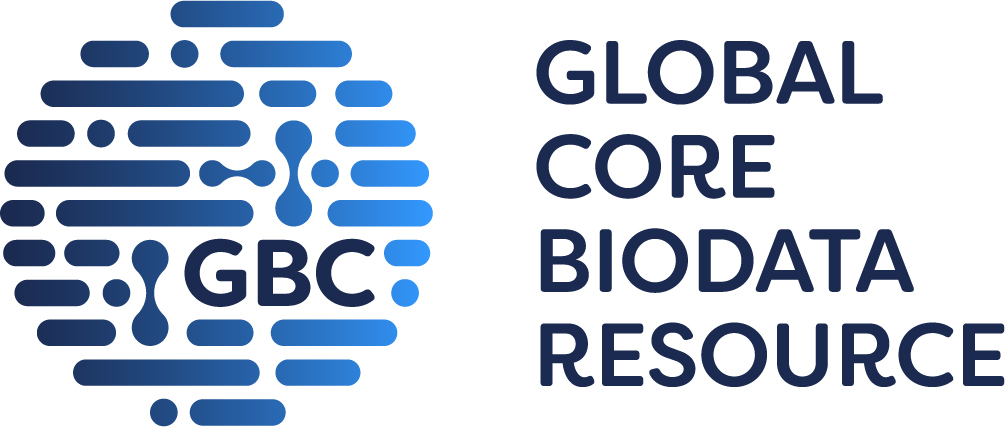
Motilin receptor C
Unless otherwise stated all data on this page refer to the human proteins. Gene information is provided for human (Hs), mouse (Mm) and rat (Rn).
Overview
« Hide
More detailed introduction 
Motilin receptors (provisional nomenclature) are activated by motilin (MLN, P12872), a 22 amino-acid peptide derived from a precursor (MLN, P12872), which may also generate a motilin-associated peptide (MLN, P12872). There are significant species differences in the structure of motilin and its receptor, and in the functions of motilin. In humans and large mammals such as dog, activation of these receptors by motilin released from endocrine cells in the duodenal mucosa during fasting, induces propulsive phase III movements. This activity is associated with promoting hunger in humans. In humans and other mammals drugs and other non-peptide compounds which activate the motilin receptor may generate a more long-lasting ability to increase cholinergic activity within the upper gut, to promote upper gastrointestinal motility; this activity is suggested to be responsible for the gastrointestinal prokinetic effects of certain macrolide antibacterials (often called motilides; e.g. erythromycin, azithromycin), although for many of these molecules the evidence is sparse. Relatively high doses may induce vomiting and in humans, nausea.
Receptors
|
motilin receptor
C
Show summary »
More detailed page |
Comments
Further reading
How to cite this family page
Database page citation (select format):
Concise Guide to PHARMACOLOGY citation:
Alexander SPH, Christopoulos A, Davenport AP, Kelly E, Mathie AA, Peters JA, Veale EL, Armstrong JF, Faccenda E, Harding SD, Davies JA et al. (2023) The Concise Guide to PHARMACOLOGY 2023/24: G protein-coupled receptors. Br J Pharmacol. 180 Suppl 2:S23-S144.









In terms of structure, the motilin receptor has closest homology with the ghrelin receptor. Thus, the human motilin receptor shares 52% overall amino acid identity with the human ghrelin receptor and 86% in the transmembrane regions [8,24-25]. However, differences between the N-terminus regions of these receptors means that their cognate peptide ligands do not readily activate each other [4,22]. Where studied the motilin receptor does not appear to have constitutive activity [9]. Although not proven, the existence of biased agonism at the receptor has been suggested [16-17,19]. A truncated 5-transmembrane structure has been identified but this is without activity when transfected into a host cell [5]. Receptor dimerisation has not been reported. It must be noted that for the complex macrolide structures, selectivity of action has often not been rigorously examined and other actions are possible (e.g. P2X inhibition by erythromycin; [30]). Small molecule and selective motilin receptor agonists are now described [13,22,26]. Significant species-dependent variations exist. Among mammals, the gene encoding the motilin percursor is absent in laboratory rodents, while the receptor appears to be a pseudogene [8,20]. Functions of motilin are not usually detected in rodents, although brain and other responses to motilin and macrolides continue to be reported and the mechanism of these actions is obscure. In some non-laboratory rodents (e.g. North American kangaroo rat (Dipodomys) and mouse (Microdipodops) a functional form of motilin may exist but the motilin receptor is non-functional [13]. Marked differences in ligand affinities for the motilin receptor in dogs and humans may be explained by significant differences in receptor structure [21]. Among birds, chicken (Gallus gallus domesticus) motilin differs from human motilin at positions 4, 7-10, and 12, and contracts avian upper gastrointestinal tissues more potently than human motilin; in rabbit duodenum, the reverse is apparent [10]. Chicken motilin receptor has 59% sequence homology with the human motilin receptor [27]. In chicken, motilin does not mediate phase III activity of the gastric MMC but initiates rhythmic oscillating complexes in the small intestine [18]. Responsiveness to motilin in the ileum is highest in avian gastrointestinal tract. Among reptiles, caiman/alligator motilin is similar to avian motilin, but markedly different forms of motilin exist in turtles, anole/lizard and snake. Their activities have not been examined in reptiles. Among amphibians, a motilin-like peptide has been identified in newts but not in frogs, with a structure differing from mammalian motilin. There may be some diversity among the anuran, urodelal and gymnophional species. Although endogenous motilin is not present in frogs, human motilin caused contraction of the upper gastrointestinal tract [29]. However, newt but not human motilin caused strong contraction of the stomach of Japanese fire belly newts [28]. Among teleost fish, sequences for motilin peptide and motilin receptor have been identified (zebrafish, ballan wrasse, spotted sea bass) but the motilin peptides are short and the structure of motilin receptor differs from that of mammals. Zebrafish motilin activates its cognate motilin receptor but fails to cause contraction of gastrointestinal strips in vitro, perhaps because of low expression of the motilin receptor [11].